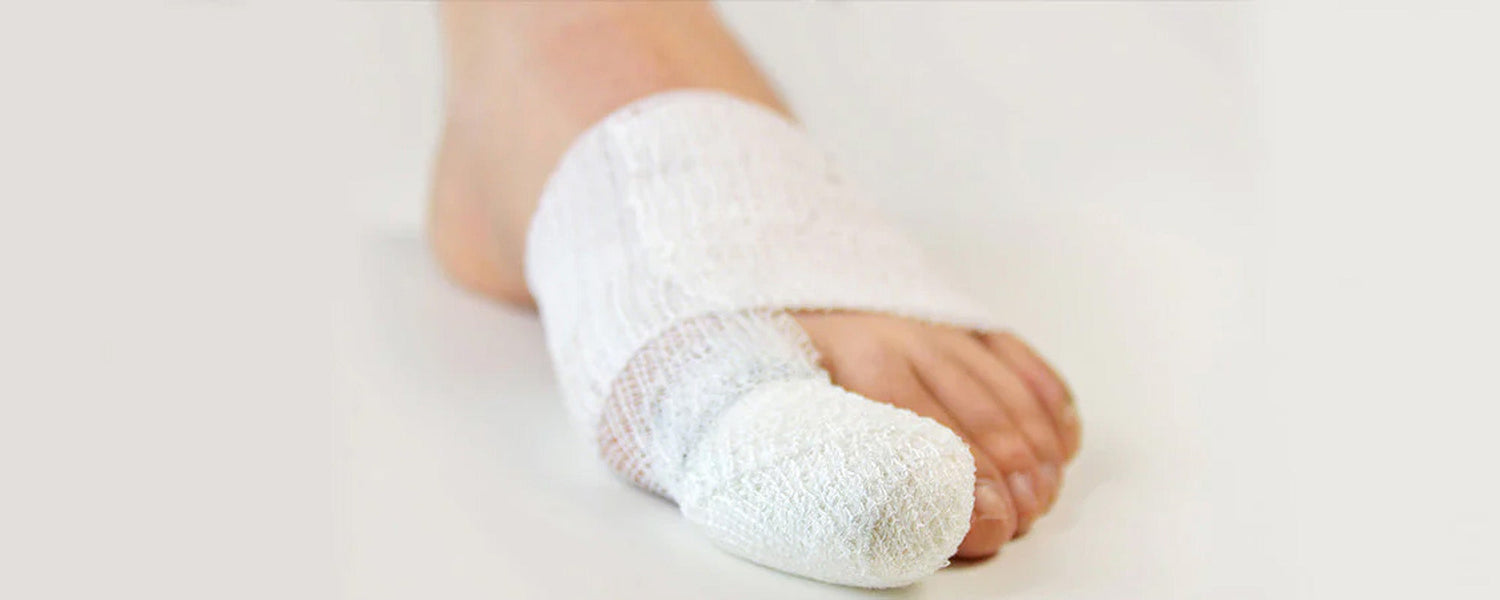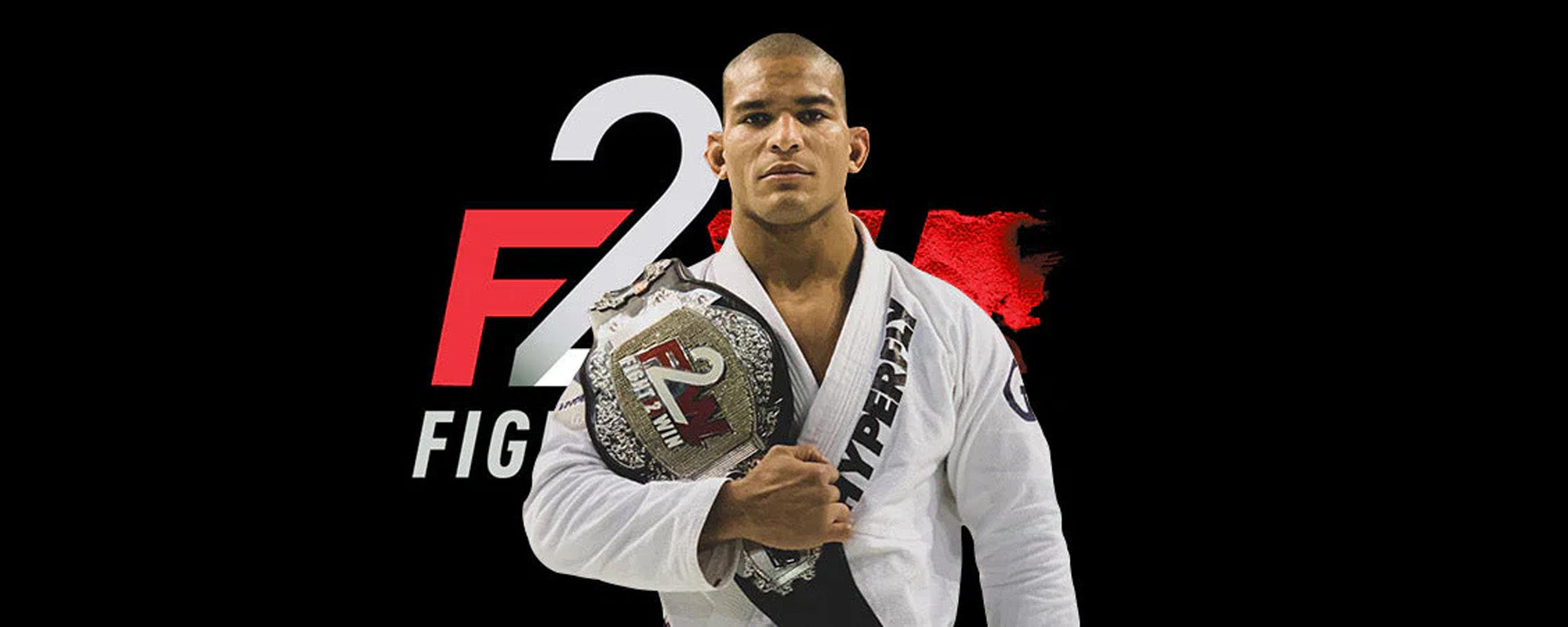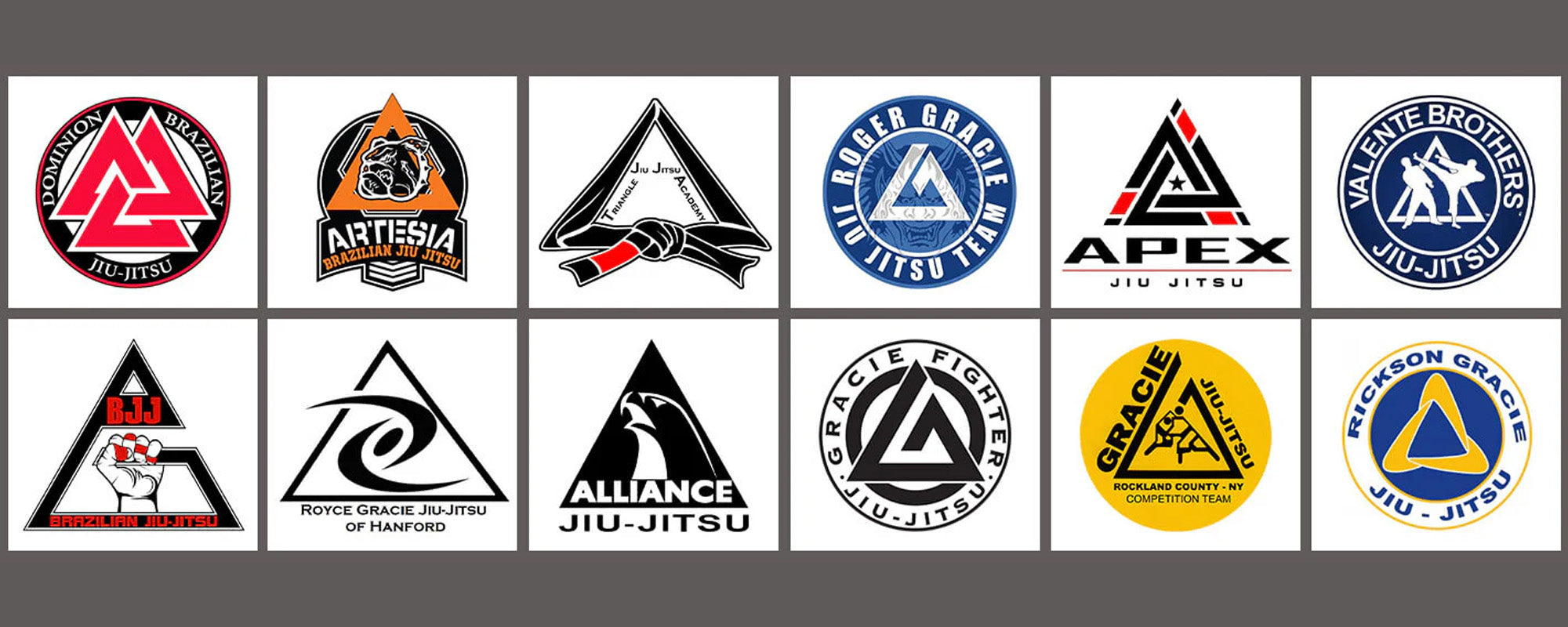Table of content
BJJ training involves the extended movement of muscles and joints in different frames. During BJJ training, toes are susceptible to various injuries like turf toes, broken toes, etc. Broken or injured toes might be the result of single or double-leg takedowns, sweeps, or bents.
Dislocated or broken toes need attention and proper care during BJJ training. In the first place, you should know how to avoid injuries. But if you have experienced some type of injury, you should take proper care of it. A big broken toe needs more attention, care, and recovery time than a slight pinky toe injury.
Many BJJ competitors continue their training with a toe injury. For a dedicated fighter, taking a two to four weeks break is not recommended, if there is a minor injury.
Here we will discuss how you can continue your BJJ practice with a Toe injury.
1. How To Continue Training With Broken Toes?
During sparring or rolling, regular BJJ practitioners are more vulnerable to toe injuries. There are many reasons from carelessness to the older training mats.
If you have a severe injury, flattened toe, or fractured bone that has pricked into the skin, it is recommended that you should pause training, take proper treatment, and let your toe heal. BJJ practitioners are very passionate about their training and most don’t like to take a break.
Big toe injuries need a break and proper recovery time but the little fifth toe can be healed comparatively faster.
BJJ training can be continued with a toe injury if you are sure that you do not experience a severe injury. Here we will discuss how someone can carry on BJJ training with a broken toe.
1.1. Consult Your Doctor
Toe injuries are the most expected injuries in BJJ training. If you have a toe injury, you should consult with your doctor and do an X-ray to diagnose the severity of your injury.
You should follow the doctor’s recommendations about resting or joining a gym after a Toe injury. Severe injury or dislocated toe bone should be treated properly.
But if the pain is tolerable and you can do BJJ training after the professional’s recommendation, there is nothing bad to resume the training. The only thing you have to do is that you have to be careful about the techniques and positions which apply pressure on your injured toe. Discuss with your coach about the movements you should avoid. Executing these movements will delay your healing time and you have to be restricted in your training for a long time.
1.2. Tape Your Broken Toe
Grappling events involve many injuries like fractures, torn ligaments, or tendons. Taping is an easy and inexpensive way to prevent broken toes from further damage and ensures speedy healing. Taping two adjacent toes is known as buddy taping. Grapplers tape their injured toes with an adjacent toe to give support and pain relief.
To tape your broken toe, place a ball of cotton wool or a pad between both toes to avoid collision and excess movement. Wrap the tape around both toes tightly and carefully so that tape will not be put off during grappling. Too much tight taping can cause pain.
1.3. Use Wrestling Shoes
We all know that wrestling footwear are not allowed in BJJ. But if you have a broken toe, you can use wrestling shoes during training in your gym with the permission of your coach to avoid any future damage to your injured toe.
Wrestling boots give complete safety from any pressure or force which can disturb normal and quick healing. These footwears are also helpful to avoid pain during practice.
1.4. Avoid Guards Which Are Irritating for Broken Toes
During BJJ, grapplers use their fingers and toes in many techniques and positions. But if you have a broken toe you should avoid any technique which can put pressure on your toe, causing pain, dislocating your broken bone, or delaying healing.
Taking down your opponent with your legs is an important technique in BJJ. But if you are suffering from any toe injury, you should avoid using your legs and feet during sparring and rolling. Full guard position can also be dangerous for a broken toe.
1.5. Limit your Training
Grapplers with a broken toe often continue their training routine with a tapped toe. No doubt tapping or Wrestling boots will help you to prevent pain, support your toe and avoid further damage.
But if you want a quick recovery, then try to limit your training time to a few weeks.
Long training sessions can result in delayed healing and increase the risk of getting damaged or falling on your harmed toe. Limited training time gives rest to your toes and enables them to heal properly.
2. How Can You Avoid Toe Injuries
In grappling arts, all competitors are expected to be barefooted on the mat. So their feet and toes are highly exposed to injuries, especially in Gi matches. Let's have a discussion about how you can avoid toe injuries on the mat.
2.1. Tape Your Toes
BJJ practitioners use special medical tapes on necks, arms, fingers, ankles, shoulders, or toes to prevent injuries and fractures. Tapes provide some extra strength to your fingers and toes and help to enhance grip.
Taped toes can tolerate more pressure and force during BJJ training than untapped Toes. Taping reduces the risk of fracture and injury of your toes during a fight. These tapes can be used by grapplers to avoid arthritis or to cover open wounds.

2.2. Look for Cracks in the Mat
During BJJ training, practitioners are too quick in their moves. If there is a crack in the mat and your toe gets stuck in the mat, your next quick move can cause a toe fracture. So always practice on a smooth mat to avoid any toe injury.
2.3. Takedowns Can Be Harmful
Takedowns and throws are crucial but dangerous parts of grappling arts. Toe injuries are more expected during takedowns. If your partner is heavy, you should think before putting him down with your legs. It can be harmful to your toes and ankles joints.
2.4. Strength Workouts
BJJ practitioners do various strengthening workouts in their regular routines to keep their muscles strong. Strengthening workouts and precautionary measures for your toes are also helpful to avoid injuries.
3. Final Thoughts
You have to roll on the mat barefooted so toe injuries are not a surprise for BJJ grapplers. To continue your training regularly, you should try to be mindful and take precautionary measures. But if you have experienced a toe injury, there is no need to worry. Tape your toe or wear wrestling boots and continue your training.
Photo Credit: @123rf













Leave a comment
This site is protected by hCaptcha and the hCaptcha Privacy Policy and Terms of Service apply.